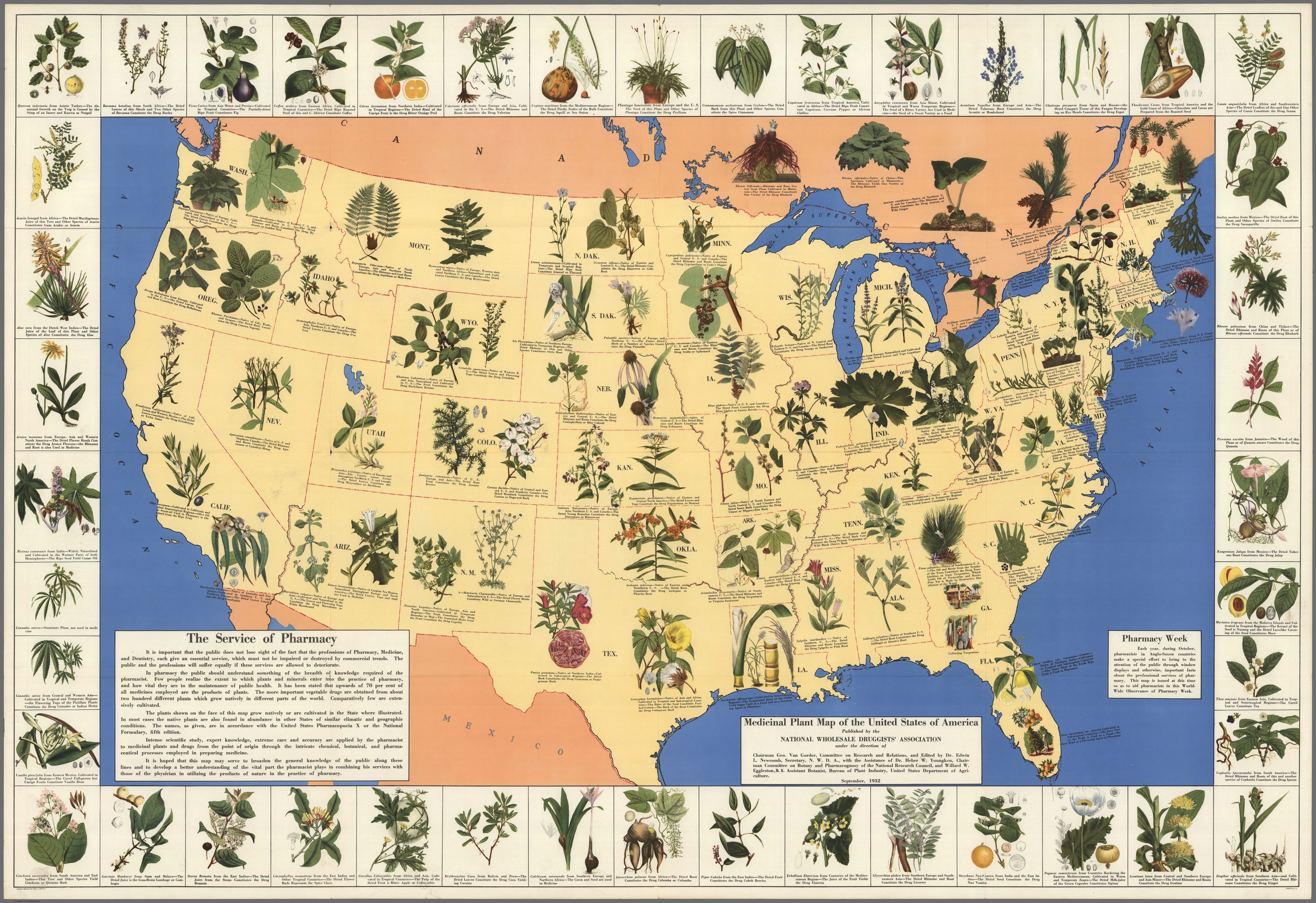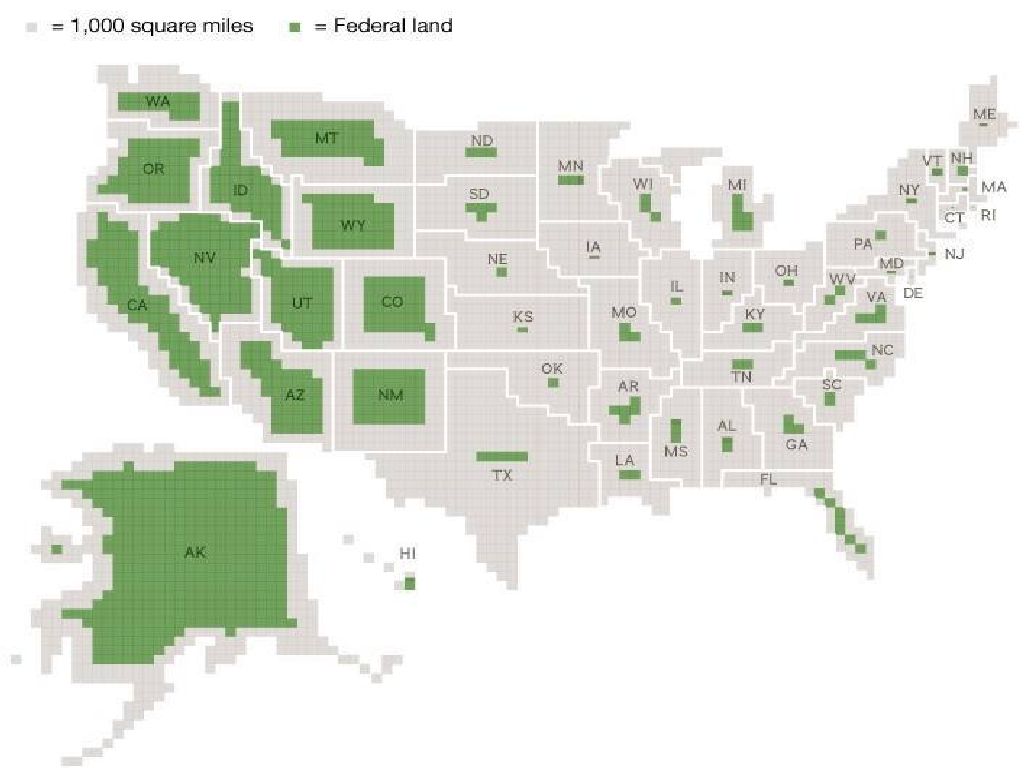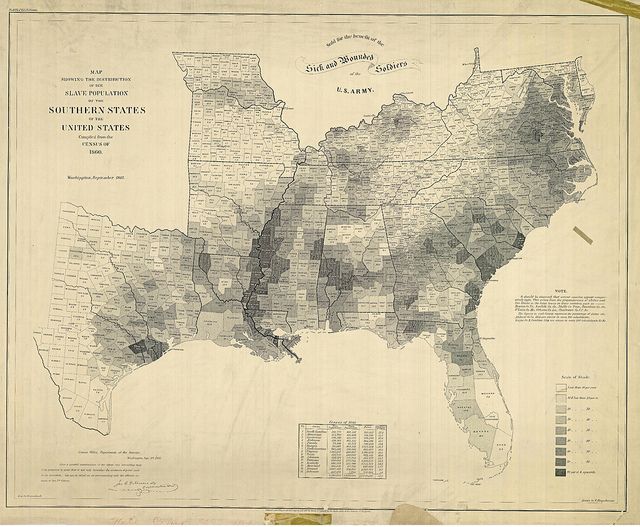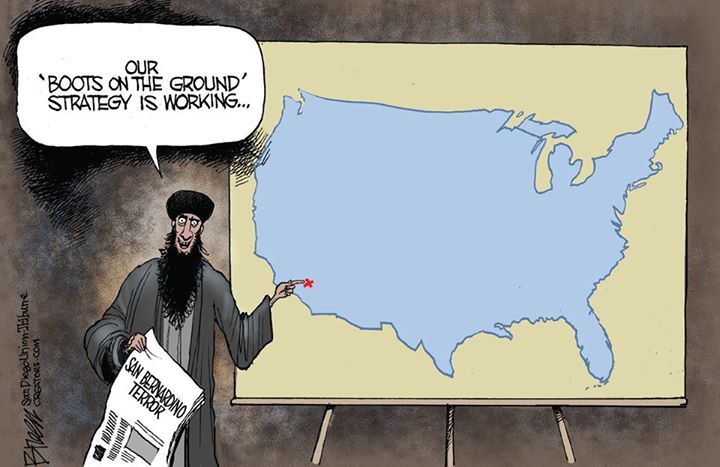
The map depicts different plant species that grew in each state of the United States in the 1930’s. It was printed by the National Wholesale Druggists’ Association, and serves as a fascinating reminder that, in our not-so-distant past, medicine was one hundred percent natural. Different herbs and plants were prescribed for different diseases, and people knew that healing takes time. When the 1938 Food, Drug & Cosmetic Act was passed, however, the landscape of medicine changed, and a federal regulation was put into place to govern the production of new medicines. The pharmaceutical industry completely took over, and our knowledge of herbal medicines was lost and shunned. As a result of these regulatory changes, medicine relying on synthetic chemistry took over, and pharmacists lost the ability to prepare medicine straight from the earth.



